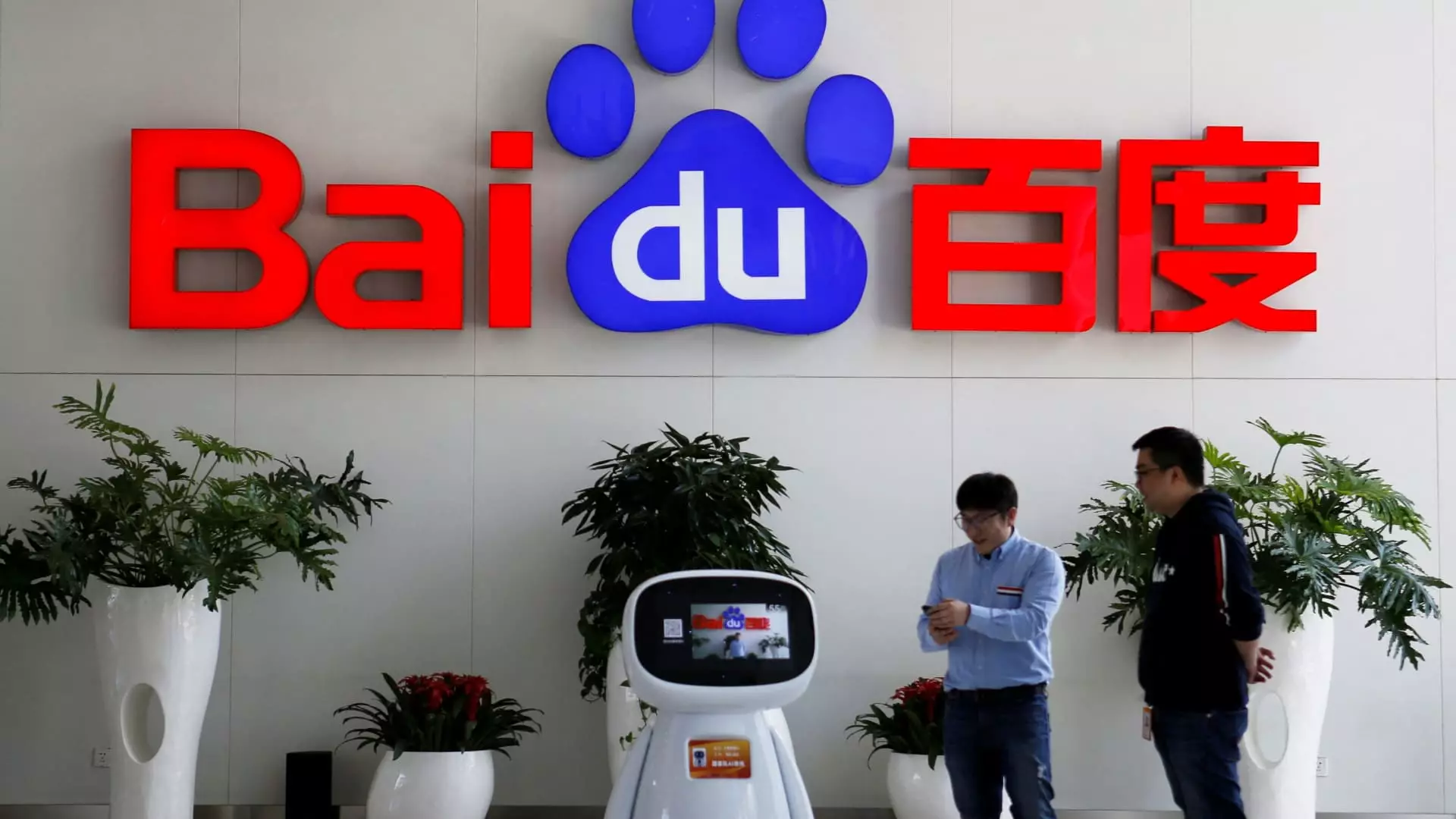As the world becomes increasingly fascinated by artificial intelligence (AI), companies are fervently competing to push the boundaries of what these technologies can achieve. In this bustling arena, Chinese tech giant Baidu finds itself poised to unveil the next iteration of its AI model, Ernie 5.0, in the latter half of the year. This upcoming release is significant as it comes in response to the rapid advancements made by emerging players like DeepSeek, which have started to shake up the established order within the AI sector.
At the heart of this new model is the promise of enhanced multimodal capabilities—an area that is gaining increasing attention in AI development. A multimodal AI can seamlessly process and analyze different types of data: texts, images, videos, and sounds. This ability to convert one form of information into another—a text transformed into a video or vice versa—unlocks a plethora of possibilities for users. Such capabilities could revolutionize user interaction with technology and provide a more integrated and immersive experience across various platforms.
Baidu’s Ernie model initially made waves when it first launched in March 2023 but has faced stiff competition from both startups and larger tech corporations such as Alibaba and ByteDance. As these competitors have developed their own AI models, the momentum around Ernie has seemed to wane. Whereas Baidu’s shares have seen a modest uptick of 6% this year, companies like Alibaba have enjoyed substantial gains, reflecting a shift in the competitive landscape. This situation underscores the importance of continuously innovating and adapting to stay relevant.
A major talking point for Baidu’s CEO, Robin Li, is the potential reduction in operational costs associated with AI models. Speaking at the World Governments Summit in Dubai, Li emphasized that inference costs could plummet by over 90% within a year. Such significant cost savings could drastically enhance productivity, emphasizing that the essence of innovation lies in making advanced technologies more accessible and affordable. This idea resonates within the broader technology sector, illustrating that affordability can catalyze widespread adoption and application of AI solutions.
Despite facing competition, Baidu has successfully integrated generative AI across various services, catering to both consumer and commercial needs. One notable development is the expansion of Baidu’s Wenku platform, which saw a 60% increase in paying users over the past year, demonstrating a growing appetite for AI-driven solutions. Innovative features such as automatic presentation generation based on financial filings signify an effective use of AI that enhances user experience and engagement, showcasing Baidu’s commitment to leverage technology to drive value.
The anticipation surrounding Ernie 5.0 is palpable, particularly as other AI giants like OpenAI make strides with their models, exemplified by the recent release of GPT-4o. OpenAI’s transparency around ongoing developments, such as seeking user feedback to improve their models, presents a contrast to Baidu’s somewhat less public roadmap. As the global tech ecosystem evolves, the pressure is on Baidu to not only showcase substantial enhancements in its upcoming model but also to maintain relevance in an industry characterized by rapid progress.
Baidu’s forthcoming release of Ernie 5.0 represents a critical junction for the company as it seeks to reclaim its status as a leader in AI technology amidst growing competition. The advancements in multimodal capabilities are not just a technical enhancement but also a strategic move to address the diverse needs of users and businesses alike. As companies like Baidu innovate, the broader narrative of AI in China will continue to unfold, highlighting a dynamic interplay between tradition and technological advancement. Ultimately, the race for AI supremacy is not merely about who releases the most advanced model, but about who best understands and meets the needs of an evolving market.

